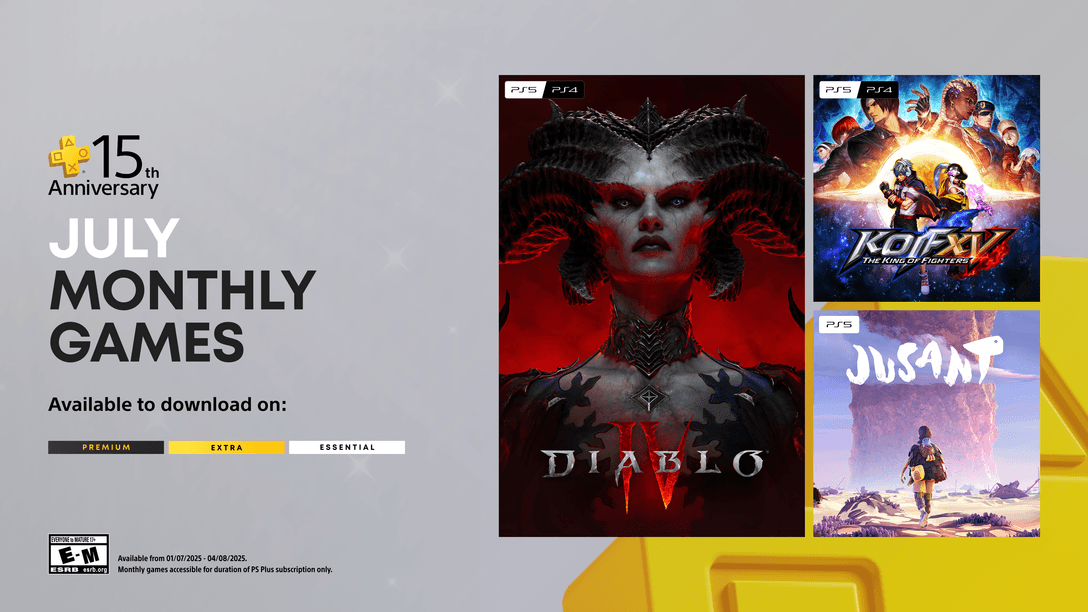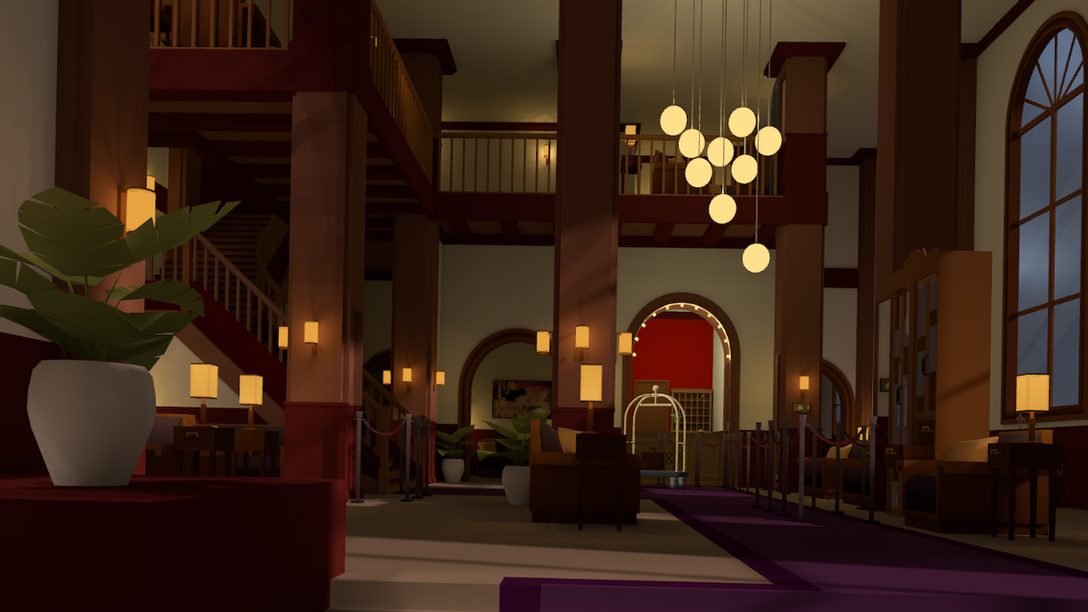
How Sucker Punch built Ghost of Tsushima's lush environments, from natural beauty to stunning manmade structures.
Ghost of Tsushima is right around the corner. Very soon, we’ll finally be able to take you on this journey, time traveling back to feudal Japan. You will become Jin Sakai, a wandering samurai fighting to save his home, the island of Tsushima.
Tsushima is a real place, a Japanese island located between the Japanese mainland and the Korean Peninsula. We visited Tsushima multiple times during the project, a beautiful place crowded with mountains and dense forests. Green covers what seems like every inch of the island, a rolling tree line from the top of the mountains all the way down to the ocean.
However, our version of Tsushima is not a 1:1 recreation of the real-life counterpart — it’s a love letter to all of its parts. We took essential elements of the island, mixed with some inspirations from mainland Japan, and built this unique world for Ghost. During our trips, we recorded birds and nature sounds and photo-scanned leaves from Tsushima island, and used them in the actual game. This was a way for us to bring a little piece of the real island of Tsushima to you.
Ghost of Tsushima is by far the biggest game we have ever made. The map is divided into three regions filled with more than forty diverse Biomes and hundreds of points of interest. Our goal when building an open world game is always “if you can see it, you can reach it,” with as few exceptions as possible. You will journey through lush forests, cross boggy swamp lands, and enter into frozen mountainous landscapes. We collected so many references from movies, games, paintings, and even travel posters to draw inspiration. We want to present you with an authentic, believable world, a world that would call out to you, inviting you to explore, a world that is rich and full of surprises.
The world of Tsushima is built around two pillars: natural beauty and manmade order. While exploring the world, you may follow a string of torii gates to a forgotten shrine, assault a fortified castle, or find an abandoned fishing hut near the water. There are hundreds of locations in Tsushima to explore and hidden rewards to find. Based on the region, different locations have their own identity. For example, the healing town of Akashima is located in lowland wetlands. Moss hangs and grows on every surface, mist lingers above the ground, and incense burns near the great bell. You might even hear frogs croaking around you. It is mysterious and beautiful.
Nature plays an important role in the world of Tsushima. It creates a rich, vibrant color palette that drives the art style and identity of our game. When we first started, nature was just part of the general background, and it wasn’t until we started working on the grasslands, and saw it as a singular element, that we realized how powerful it could be. I remember the moment we were looking at the screen, a sea of white fluffy pampas flowers dancing in the wind, rolling wave patterns flowing round after round, and white particles flying in the air. It was stunning.
That success inspired us to look at how we could make our natural spaces more memorable and unique. We tried lots of methods to reach our goals, limiting the variety of foliage, pushing color values, increasing translucency levels, and reducing noise on textures. In the end, this bold use of color in nature became a theme for our game. By limiting the types of foliage in biomes, we were better able to bring a sense of freshness to each area and create a much more memorable world.
You may have already heard that Ghost has a unique mechanic called the Guiding Wind. At any time, players can summon a gust of wind to help guide them to their destination. As the wind blows, players will notice everything react around them — foliage, cloth, particles helping point them in the right direction. That’s not the only role the wind plays, though.
Imagine a classic samurai movie scene, two samurai warriors standing in a grass field, raising their swords and staring at each other, both perfectly still, holding their breath waiting for the next move. Behind that stillness is a world of motion. Grass is waving, leaves are flying through the air, cloth is blowing in the wind, and rain is coming down from the sky tapping every surface. As tension increases, we want our world to reinforce that feeling, static versus movement, and lead you to have that true cinematic moment.
During the years it took to build our version of Tsushima, we faced a lot of challenges; the biggest one was scope. As the largest game we have ever made, can you imagine if we needed to place every single blade of grass by hand? What if we then needed to change the type or density of grass later? We would not be able to finish, so we made procedural tools that would allow us to build a massive world unbelievably fast and would still be really flexible if we changed our minds later on. These tools allowed us to be more creative and expressive in our artistic choices. Here are some examples of our tools in action:
Foliage growing in a forest:
Freedom of painting grass:
Here are millions of blades of grass loaded together:
Tsushima is rich in density and variety, and it’s also constantly changing. You might be standing on the top of a cliff and see a big storm on the horizon. You could be crossing a bridge as clouds cover the sun and rain starts to drop unexpectedly. You could be sneaking around a Mongol war camp on a misty night, but moments later end up watching a beautiful sun rise on the ocean shore with your horse… it’s dynamic.
Exploring the world of Tsushima is a core part of our gameplay, and we treat the environment like a living character. One that’s breathing, moving, has her own personality, and is charming and plentiful.
There are so many stories the world wants to tell and surprises to discover. We invite you to join us on that journey on July 17.














Comments are closed.
40 Comments
Loading More Comments